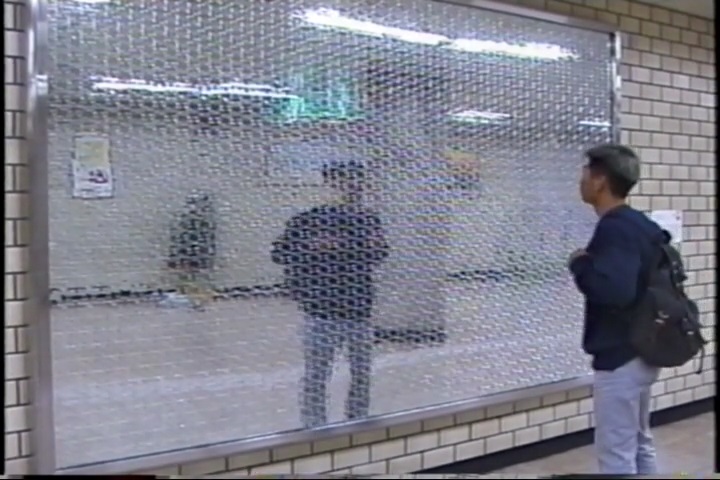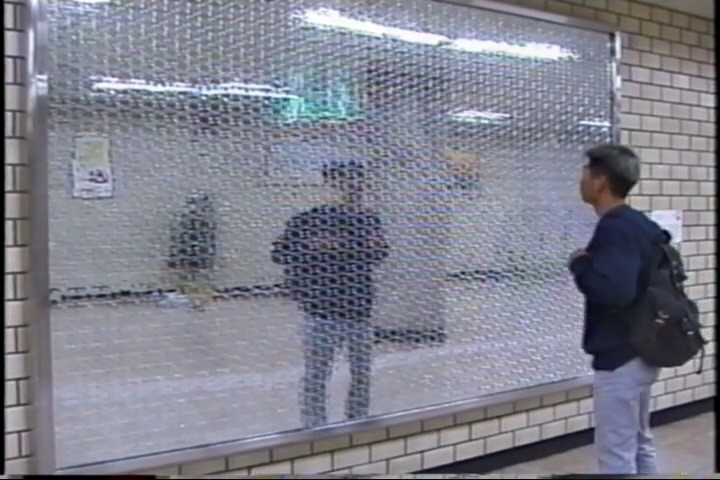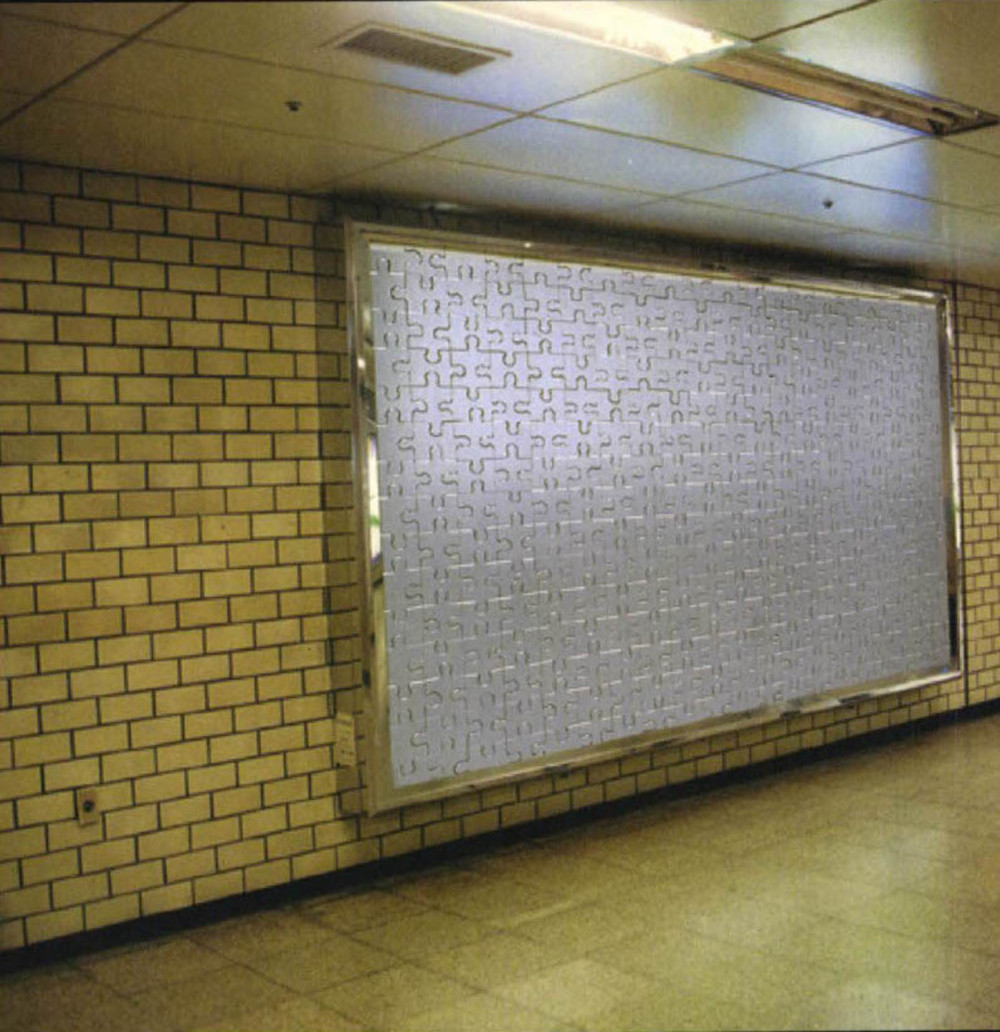
Line 2 trains bound for Sadang subway station pass through Seoul National University of Education subway station, where Line 2 and Line 3 intersect. This artwork is installed on the wall of the station as a mirror measuring 180 centimeters long and 120 centimeters wide. The mirror was assembled out of more than one thousand puzzle pieces. Each piece of the puzzle reflects a distinct image. If you look at the puzzle from 3 meters away, your reflection appears to be severely distorted. However, as you come closer to the mirror, the distortion diminishes until your reflection looks the same as that of an ordinary mirror. The puzzle mirror deconstructs and constructs objects in this way, asserting a magical power that compels us to ask who we are. Puzzle Mirror by Hyunmi Yoo is similar to public furniture. In its receptive aspect, public furniture surpasses the boundary of individual reception; beyond the boundary of personal reception, public furniture takes on the characteristics of public reception. Of course, the producer and the receiver of public furniture are different. Public furniture uses the ideas of artists, but the pieces are manufactured industrially. Yoo used a laser to cut her puzzle mirror. In this regard, the idea of public furniture puts theories of minimalism to practical use. Public furniture does not use objects metaphorically, as minimalist works do. Public furniture, like other ordinary utilitarian objects, emphasizes the possibilities of function. However, unlike goods-aesthetics, public furniture is not seized by the scruff of its neck by consumers. Public furniture is spontaneous work that assumes dual functions, as a product as well as a work of art. The artist’s puzzle mirror also relates to the dual meanings of commodity and art.




